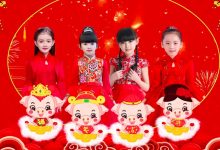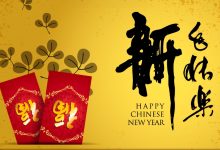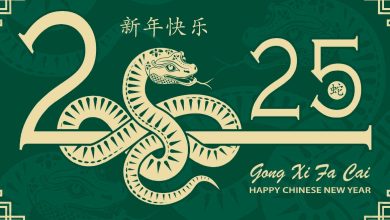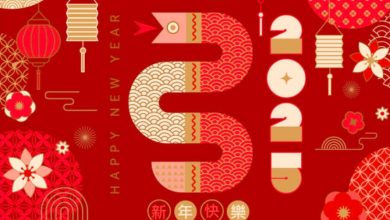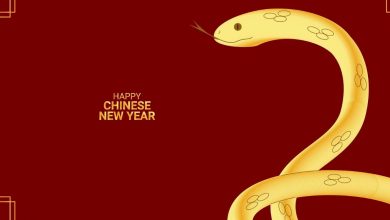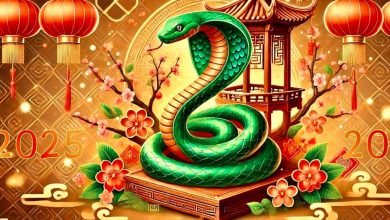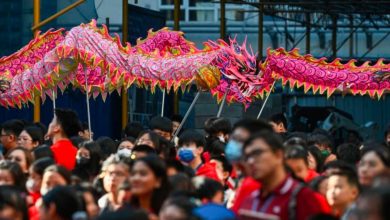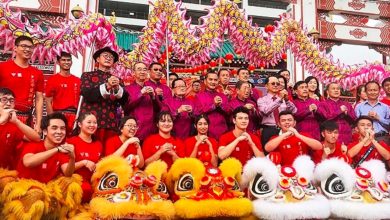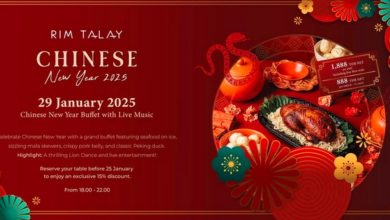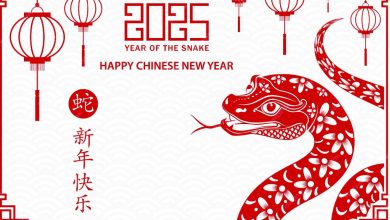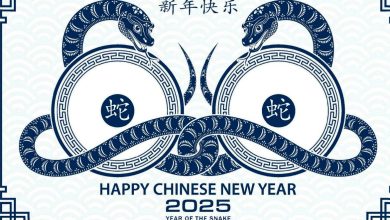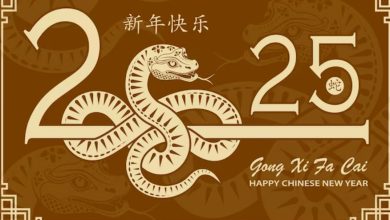Chinese new year 2025 date
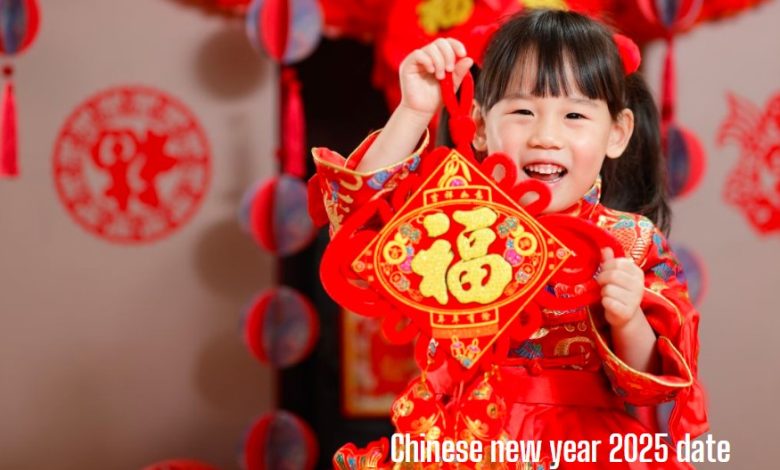
Chinese New Year, also known as the Spring Festival (春节, Chūnjié), is one of the most significant and widely celebrated holidays in Chinese culture. In 2025, Chinese New Year falls on Wednesday, January 29, marking the start of the Year of the Snake according to the Chinese zodiac. The festival, deeply rooted in centuries-old traditions and mythology, is a time for family reunions, honoring ancestors, and welcoming prosperity for the year ahead.
The Date of Chinese New Year 2025
Unlike the Gregorian calendar used in most of the world, the date of Chinese New Year varies each year because it follows the lunisolar calendar. This calendar is based on the moon’s cycles, with each month beginning on the new moon. Chinese New Year typically falls between January 21 and February 20, depending on the lunar cycle.
In 2025, the celebration begins on January 29, which marks the first day of the lunar calendar. The festival lasts for 15 days, culminating in the Lantern Festival on February 12. Each year in the Chinese zodiac is associated with one of 12 animals, and 2025 ushers in the Year of the Snake, which symbolizes intelligence, wisdom, and transformation.
Significance of the Year of the Snake
The Chinese zodiac consists of 12 animals, and each year is linked to an animal sign, cycling every 12 years. The Snake is the sixth animal in this cycle and is considered a symbol of mystery, intuition, and elegance. People born in the Year of the Snake (e.g., 2001, 2013, and now 2025) are believed to be charming, intelligent, and resourceful. However, they may also be perceived as enigmatic and complex.
The Year of the Snake in 2025 is especially significant for those whose zodiac sign is the Snake, as it represents their benmingnian (本命年), or zodiac year of birth. According to tradition, individuals should take precautions to ward off misfortune during their benmingnian by wearing red clothing or accessories, such as red underwear, socks, or bracelets.
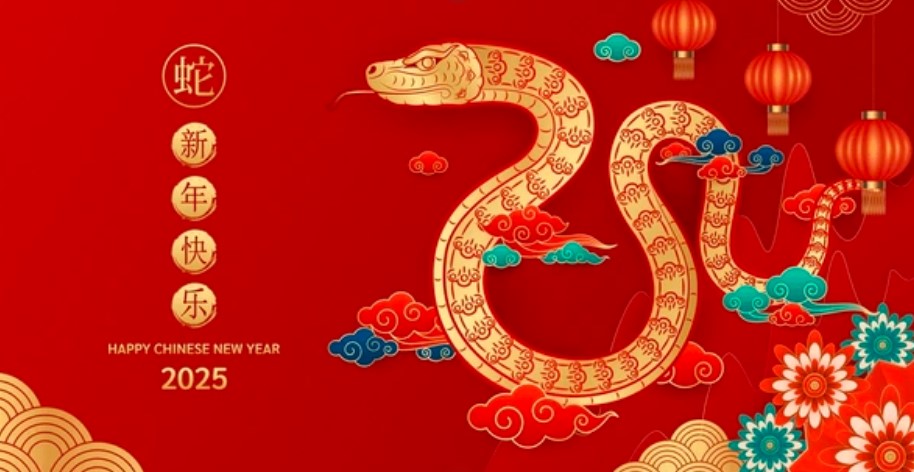
Preparations for Chinese New Year
Preparations for Chinese New Year begin weeks in advance, as families and communities gear up for the most important celebration of the year. Key preparations include:
- Cleaning the House: It is customary to clean homes thoroughly before the New Year to sweep away bad luck and make room for good fortune. However, sweeping or cleaning is avoided on the first day of the new year to prevent “sweeping away” the year’s luck.
- Decorations: Homes are adorned with red decorations, as red is considered an auspicious color symbolizing good fortune and happiness. Popular decorations include red lanterns, couplets with poetic phrases, and papercuts depicting symbols of prosperity. The Snake will also feature prominently in 2025-themed decorations.
- Reunion Dinners: The most important event during Chinese New Year is the reunion dinner on New Year’s Eve (January 28, 2025). Family members, including those traveling long distances, gather to share a feast. Traditional dishes, such as dumplings, fish, and rice cakes, are served, each symbolizing wealth, abundance, and longevity.
Chinese New Year Traditions and Customs
Chinese New Year is steeped in traditions that vary across regions and families but share common themes of renewal, togetherness, and good fortune. Some of the most well-known customs include:
- Giving Red Envelopes (红包, Hóngbāo): Elders and married individuals give red envelopes filled with money to younger relatives and children. This gesture is believed to bring good luck and ward off evil spirits.
- Firecrackers and Fireworks: The loud sound of firecrackers is thought to scare away evil spirits and bad luck. The tradition dates back to ancient times, with legends of the mythical beast Nian, who was frightened away by the noise and red decorations.
- Lion and Dragon Dances: Performances featuring lion and dragon dances are common during the Spring Festival. These vibrant and energetic displays are accompanied by drums and cymbals, symbolizing prosperity and driving away negative energy.
- Visiting Relatives and Friends: During the first few days of the new year, people visit family and friends to exchange good wishes. Phrases like “Gong Xi Fa Cai” (恭喜发财, meaning “Wishing you prosperity”) and “Xin Nian Kuai Le” (新年快乐, meaning “Happy New Year”) are commonly exchanged.
The Lantern Festival
The celebrations conclude with the Lantern Festival (元宵节, Yuánxiāo Jié) on the 15th day of the lunar year, which falls on February 12, 2025. This festival is marked by lighting and displaying lanterns, solving riddles written on them, and eating sweet glutinous rice balls called tangyuan (汤圆), symbolizing family unity and completeness.
Modern-Day Celebrations
While traditional customs remain integral to Chinese New Year, modern-day celebrations have evolved to include elements such as festive TV programs, overseas celebrations, and even the integration of Western traditions. The Spring Festival Gala, a televised event broadcast in China on New Year’s Eve, features performances of music, dance, comedy, and more, watched by millions.
Outside of China, Chinese New Year is celebrated in countries with significant Chinese populations, such as Singapore, Malaysia, and Indonesia, as well as in Chinatowns around the world. Public parades, cultural performances, and street festivals are common in cities like San Francisco, London, and Sydney.




